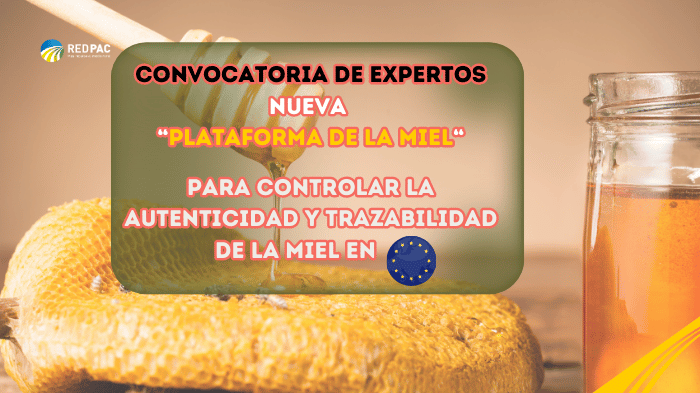
25 de June de 2024
Dinamización rural
Innovación
Calidad y cadena alimentaria
The “Honey Platform” will consist of 90 members, will last for at least five years, and will meet at least twice a year.
- The new "Honey Platform" will be created in November 2024 with the aim of adapting to the new Honey Composition and Labelling Directive.
- The Commission is launching a call for proposals to bring together 90 experts to form the future platform.
In mid-December 2026, European Union (EU) countries will begin implementing a new common standard: the Honey Directive ( Directive (EU) 2024/1438 ). This standard amends previous honey directives on composition and labeling and represents important steps to ensure improved quality and safety of honey produced and imported into the EU.
For the EU, which will allocate €610 million between 2023 and 2027 to support its beekeeping sector and is the second-largest honey producer in the world, this market is key to protecting the entire agri-food sector.
When the Directive is implemented, honey packaging must be labeled with the countries of origin in descending order of the percentage of honey in the final product. In addition, EU states may require specific percentages for the first four ingredients as long as they represent more than 50% of the mixture.
Likewise, the European Commission (EC) has four years to submit its regulation on harmonized analytical methods for detecting sugar adulteration in honey ; and five years to establish origin traceability methods and criteria for verifying that honey is not overheated and that pollen is not discarded when it reaches the consumer.
At the moment, the EC, together with the Joint Research Centre , is working to establish validated analytical methods to detect sugar adulteration in honey. Honey Platform
Coinciding with the entry into force of new regulations on honey, the Commission launched a call for experts last June to develop new rules for the establishment of the platform and its members.
Experts will assist the EC in developing harmonization methods to detect honey adulteration, identify the origin of honey, and even identify harvesters and importers.
The Honey Platform will consist of 90 members , will last for at least five years, will meet at least twice a year, and will have four main functions:
- Gather data on methods for improving honey authenticity controls .
- Give recommendations for achieving community traceability .
- Establish correct criteria for the composition of honey.
- Study the possibility of establishing a European Union reference laboratory for honey.
The experts the EU is seeking could include:
- Member State authorities responsible for implementing the Honey Directive, especially those responsible for regulation, control, and laboratory issues.
- Organizations representing stakeholders in the honey supply chain with expertise in areas covered by the Honey Directive, operating in two or more Member States, and active in at least one of the following supply chain stages: beekeepers; honey packers/blenders; commercial operators; logistics; retailers, wholesalers, and food service operators; consumers, with a view to ensuring a balanced representation of the different actors and stages of the food supply chain.
- Organizations representing civil society in areas covered by the Directive.
- Experts appointed in a personal capacity from the private sector who have demonstrated their knowledge and experience in the areas covered by the Directive.
- Experts appointed on a staff basis from the academic world , including universities, research institutes and other scientific organisations, who have demonstrated knowledge and experience in the fields covered by the Directive.
The call is open until July 15. To register, organizations must be part of the Transparency Register . The honey platform is expected to launch with a first meeting in November 2024 , chaired by the EC's Directorate-General for Agriculture.









